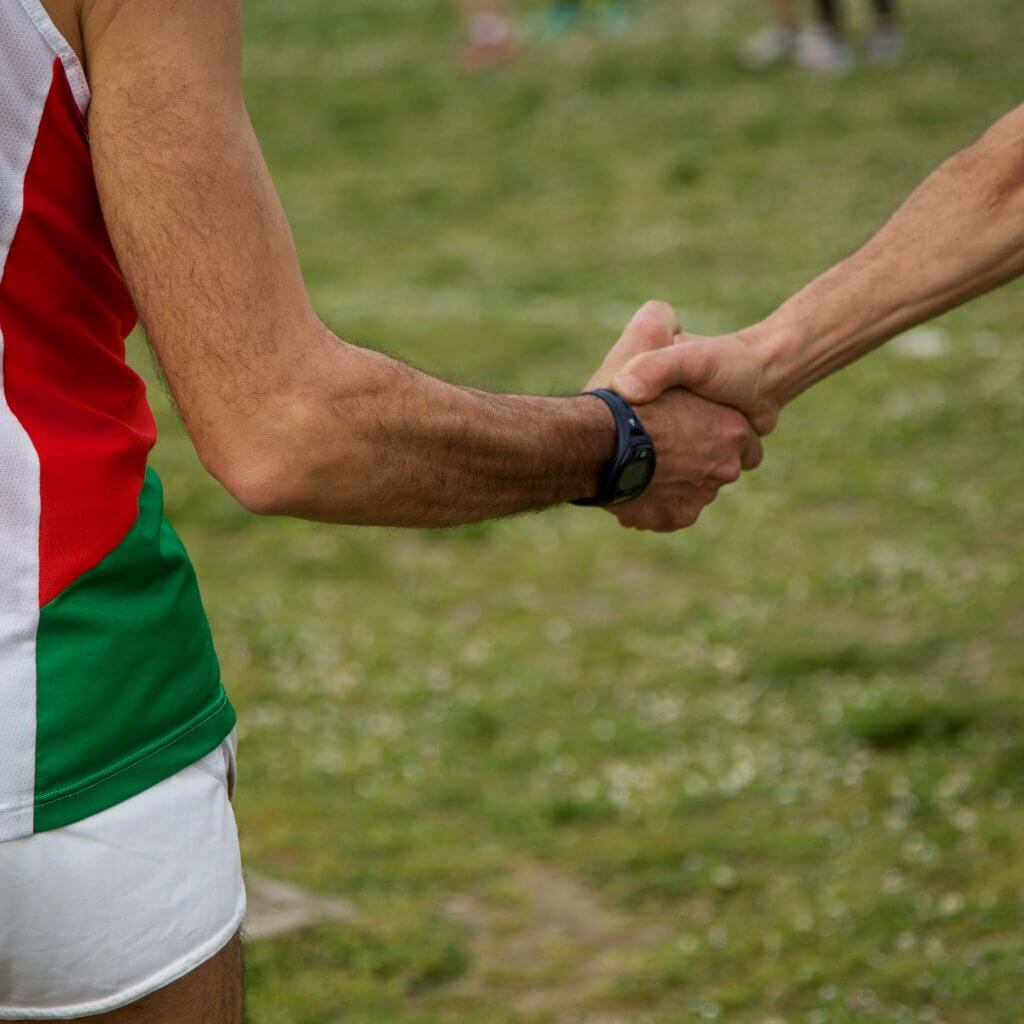Why Age Group Place Results At Races Are Important
As soon as our eyes lay sight on the finish line our legs pick up the pace. The closer we get it becomes a race against the clock, each step in sync with the seconds displayed in red. We cross the finish line at the race and get a glimpse of our time. But it isn’t until we get see that printed list or get that email revealing our race results that we know how well we did. Besides, our overall time results contain lots of numbers and stats. This includes how we placed overall as well as our age group place. But what does this all mean? Is our age group place more important that our overall place?
How To Read Results
At official chip timed races, the first state shown is the overall place. The runners are presented numerically in the order in which they finished, with the first place finisher first and so on and so forth. Next to each place is the finish time. Next to that is typically the runner’s bib number followed by their name. To the right of that are the runner’s city and state. Then comes their gender (male or female) and their age.
The stats then get a bit more specific. There is a column for pace, revealing the runner’s average pace held throughout the race. The results then show Age Group, Group Place and M/F Place, as well as master M/F Place if applicable.
The Age Group column reveals what age group that specific runner falls into. For example, if the runner is 29-year-old, they generally are categorized in the age group 20-30. If the runner is 35-years-old, they are generally in the 31-40 age group. And then next to their age group is an “M” or “F” to specify the male or female age group.
Group Place reveals how the runner placed within their age group. For example 1 out of 25. This means they finished in first place out of all the runners in their age bracket for males or females. This does not necessarily mean they placed first overall. The same is true for males and females. There is a first place female for a said age group, as well as a first place male for that same age group.

Finally, Master M/F place is for those runners who are 40-years-old or older. A runner who is 52 can place, say 1/7 for their 51-60 age group, and say 2/21 for Master Place, for example.
Age Groups
Many races follow the USATF (USA Track & Field) standard when it comes to breaking down the age groups. This includes 5 or 10-year groupings.
The 5 year age groups are: 14 and under, 15-19, 20-24, 25-29, 30-24, 35-39, 40-44, 45-49, 50-54, 55-59, 60-64, 70-74, 75-79, 80-84, 85-89, and 90 and over.
The 10 year age groups are: 14 and under, 15-19, 20-29, 30-39, 40-49, 50-59, 60-69, 70-79, 80 and over.
Keep in mind that some longer distance races don’t allow runners younger than 18.
Small-scale races may adjust the age groups to be able to fit more runners in fewer groupings.
Why Are Group Places Important
There is always a first, second and third place winner at a race. And some runners know that where they are in training or how fast they run, that they probably won’t finish in these top spots. But that doesn’t mean they can’t place for their age group.
Having age groups levels the playing field. A 35-year-old woman might not be as fast as an 18-year-old male who is a track star in high school. The 18-year-old might beat the woman in overall placing, but the woman could still place first, second or third for her age and gender.

Having age group places are important because runners are competing against those other runners who they are most similar to. Of course, there are exceptions like an older woman being faster or stronger than a man who is younger. But just like men and women are separated so neither has unfair advantages, the same is done for age.
Some runners think it is silly for awards or medals or any type of recognition given to age group winners. However, doing so has many benefits. For starters, it’s a great way to get participants excited and registered and winners eager to return to a race for race organizers.
For runners, it provides incentives to get them to run their best. Some believe they shouldn’t need a trophy, medal or prize money to do so, but everyone is different. There are runners who only do races for the bling. There are some who collect their age place awards and display them proudly as a reminder of the hard work put in.
Just keep in mind that there are some races that don’t recognize age places and hand out awards. Other races only recognize the top winner in each age group.
For everyday runners striving to perform to the best of their ability, shooting for a top age place spot is a realistic victory on race day.
Sources
- , Age and Weight Groups, Running Website
- , A different take on giving out age group awards, Forum
Latest Articles
 Is Running on a Treadmill Easier Than Running Outside?Runners have their own preferences, whether it is treadmill running, running outside on the road, or exploring trails. So...
Is Running on a Treadmill Easier Than Running Outside?Runners have their own preferences, whether it is treadmill running, running outside on the road, or exploring trails. So... Is It OK to Use Trail Running Shoes on the Road?While trail running shoes can be used on roads, especially in situations where a runner encounters mixed terrains or pref...
Is It OK to Use Trail Running Shoes on the Road?While trail running shoes can be used on roads, especially in situations where a runner encounters mixed terrains or pref... How to Fix Sore Quads After Running?Rest, ice, gentle stretching, and over-the-counter pain relievers can help soothe sore quads after running. Also, ensure ...
How to Fix Sore Quads After Running?Rest, ice, gentle stretching, and over-the-counter pain relievers can help soothe sore quads after running. Also, ensure ... 10 Fruits With The Most Electrolytes to Replace Sports DrinksThese fruits are high in electrolytes such as potassium, magnesium, and calcium, essential for hydration, muscle function...
10 Fruits With The Most Electrolytes to Replace Sports DrinksThese fruits are high in electrolytes such as potassium, magnesium, and calcium, essential for hydration, muscle function...

